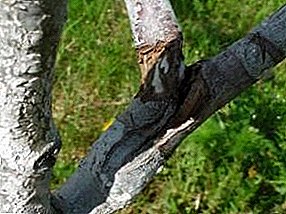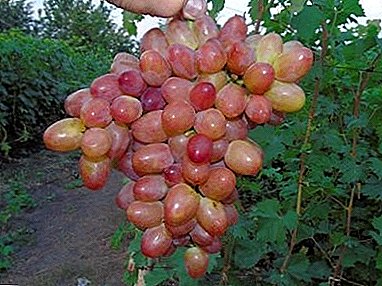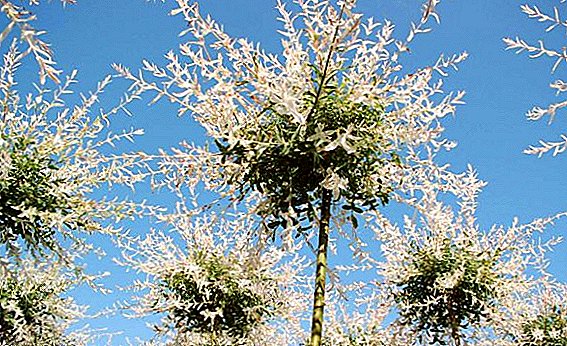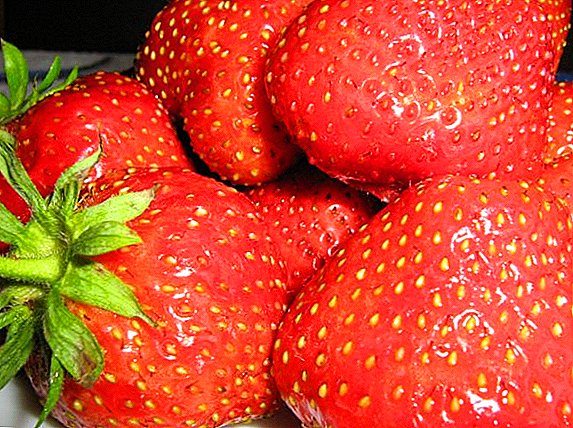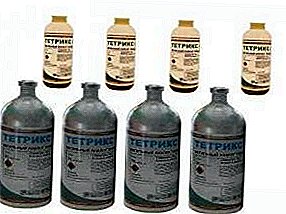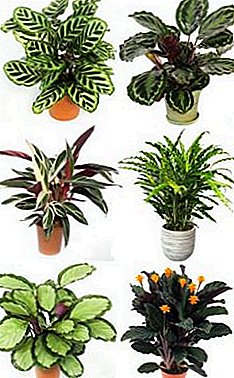
Calathea (lat. Calathea) - indoor ornamental plant family maranths (This species includes Calathea: Saffron, Rufibarba, Zebrina, Lansifolia, Medallion, Varshevich, Makoy and quite popular among flower growers Maranta and Stromanta).
The name of the flower comes from the ancient Greek word Kalathos (basket), namely for their weaving used the leaves and roots of Kalati.
Calathea inhabits mainly in the forests of Central and South America. In flower shops, this unusual plant immediately attracts the eye.
And this is not surprising: Calatei has very original leaf color. They are rarely monophonic. Most flower sheets are decorated with fancy patterns of the most incredible shades.
Calathea is a capricious plant. Flower growers, especially beginners, should put a lot of effort to the flower to please the eyes with its decorative and healthy.
Caring for Calathea has a lot of nuances that you need to know. Failure to comply with comfortable conditions for Calathea leads to various diseases of this fastidious beauty.
Diseases of Calathea and photos
A resident of tropical rain forests, Calathea absolutely can not tolerate dry air, shade, drafts and sudden changes in temperature. All these factors are the main causes of flower diseases.
More details on Calathea disease can be seen in the photo below:





Leaves dry (tips of leaves)
Why do leaves of Calathea dry? Such a question is asked by many flower lovers. First you need to find out the cause.
- dry air. Calathea loves moisture. In the room where she lives, should be no less than 90% humidity. Maintain such a regime is difficult.
A humidifier or a daily spraying of leaves with well-settled and filtered warm water can solve the problem.
The use of ordinary water "from the tap" is undesirable., as it leaves calcareous spots, which subsequently cannot be removed from the surface of the leaves (this is especially true for Kalathey species with velvety leaflets).
To create a wet microclimate, the flower can be placed in special trays with wet expanded clay. Dried sheets must be removed from the plant in a timely manner;
- direct sunlight. Calatheas are light-requiring, but the lighting that they need should be soft and diffused.
IMPORTANT! Direct sunlight can cause burns on the leaves of the plant. The consequences can be different: the drying of the leaves, the loss of their color, falling off.
To help the flower, you need to change its location. In the event that Calathea is "ventilated" on a loggia or balcony, it must be tinted.
Dry and curled leaves
To the question “Why does the Calathea dry and curl the leaves?” Cannot be unambiguously answered.
This phenomenon (twisting of leaves) should not be confused with the natural ability to do this of all representatives of antics. This process occurs at night and this is normal.
Another thing, when you notice twisted and wilted leaves on a plant in the daytime, it already speaks about a specific problem. The reasons may be the following:
- insufficient watering, - it must be abundant, the flower does not tolerate drought.
Water for irrigation should be warm and well defended.
But you should not get carried away - excess moisture is harmful to Calathea and can cause root decay;
- drafts, cold - after all, Calathea is thermophilic.
Any draft or cooling below 18 degrees can be disastrous for her.
It is necessary to maintain a comfortable temperature in the room where the flower lives.

So, the reasons can be any. And it is necessary to find out them precisely in order to know: if the leaves of Kalathea are drying, what to do.
Calathea turns yellow
It happens that Calathea leaves turn yellow and dry. These symptoms can cause fertilizer shortage or oversupply. For a plant, both are harmful. It is necessary to fertilize calathea from March to September once every 2 weeks and from October to March once every 5-6 weeks.
It is desirable to use special supplements for ornamental flowering plants. But the dose of fertilizer is reduced and take about half of that which is recommended in the instructions on the package.
The plant does not bloom
- soil does not fit. The plant survives well in weakly acidic soil with a lack of lime, it is worth paying attention to when buying land in a flower shop;
- improper care. High humidity, warmth, diffused light and timely feeding are the main conditions for healthy growth and abundant flowering of Calathea.
If the long-awaited flowers do not rush to appear, even if all the rules for growing are observed, it is worthwhile to put the flower in a basin with water (provided that the bottom of the pot does not touch the water).
Pests
- Spider mite. One of the most dangerous enemies of indoor plants. It reproduces with lightning speed. The color of the insect usually varies from milky to dark red.
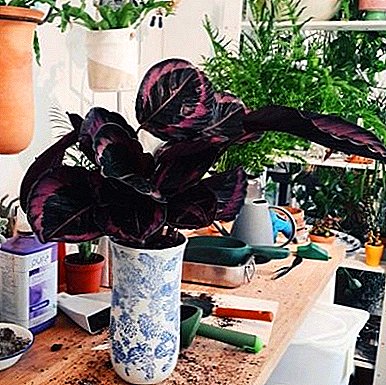 It is possible to detect the presence of a tick by a thin web with which it weaves a flower and placers of white specks on the surface of leaf plates.
It is possible to detect the presence of a tick by a thin web with which it weaves a flower and placers of white specks on the surface of leaf plates.The spider mite feeds on cell sap of stems and leaves.
Able in a short time to completely destroy the plant.
It is not easy to fight this pest, as the tick quickly adapts to various types of chemicals.
Dry air is one of the reasons for the appearance of this parasite, it is necessary to know and maintain the necessary level of humidity in the room..
It is advisable to examine the plant more often and, at the first signs of damage, remove the leaf where the insect has settled. In the case of a massive tick raid, the flower is treated with any insecticidal solution (actellic, fitoverm).
- Shchitovka. The wax plaques of this parasite are easy to see on the surface of the leaves with the naked eye. The pest feeds on the flower sap of the flower, as a result of which it fades, dries, the leaf plates are covered with brown spots.
It is possible to destroy a harmful insect with the help of any insecticidal preparation, having previously treated the affected parts of the plant with a concentrated solution of soap.
- Thrips. Excessive watering of calathea can lead not only to the rotting of the roots, but also to the appearance of this pest.
The presence of thrips can be detected by white spots on the leaf surface (the insect is on the back of the leaf and eats it from the inside).
White spots subsequently dry, crumble, holes are formed in their place. The plant loses its attractive appearance. Fight a harmful insect with the help of any insecticidal preparation, treating the whole plant.
- Rhizoctoniosis. The defeat of this mushroom can ruin the calathea. It occurs due to excessive watering and the appearance of root rot. Defeating this enemy is possible by treating the plant with fungicides.
Watch the useful video about spider mite control below:
You can see that the above diseases and pests are not as terrible as you can imagine. How to save Calathea? With all the problems you can cope easily, you just need to see and understand in time the signal for help sent by your green pet.


 It is possible to detect the presence of a tick by a thin web with which it weaves a flower and placers of white specks on the surface of leaf plates.
It is possible to detect the presence of a tick by a thin web with which it weaves a flower and placers of white specks on the surface of leaf plates.


